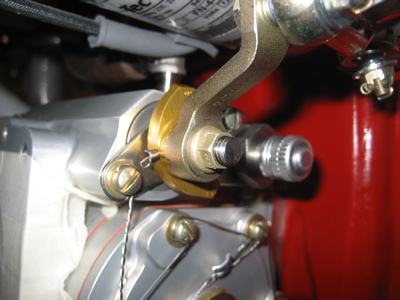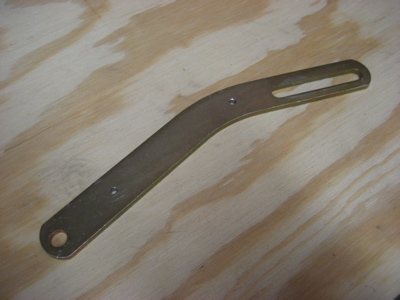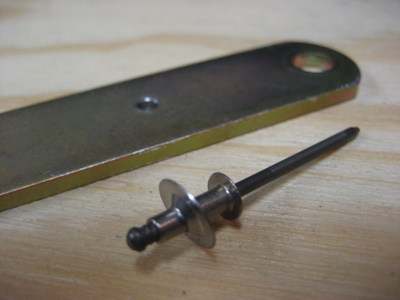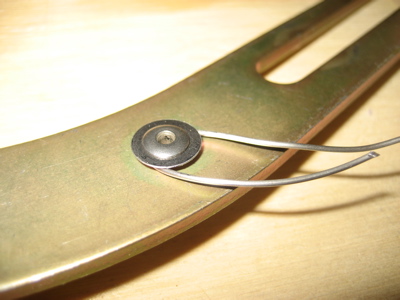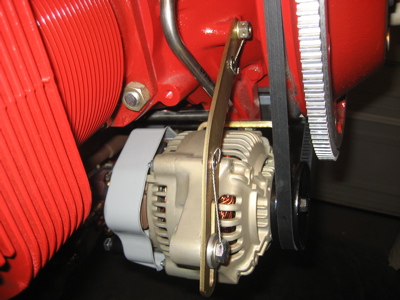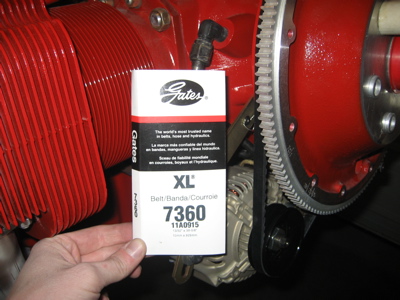Matittuck included a hose to go from the mechanical fuel pump on the back of the engine up to the fuel injection servo on the front. Here I'm test fitting it to the fuel pump outlet, and I've clamped it to the #4 cylinder's intake tube with adel clamps to keep it away from the exhaust:
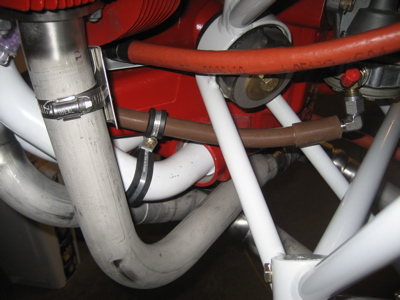
The clearance between the hose and the #3 exhaust pipe is not much more than an inch, but there doesn't seem to be anywhere else for the hose to go – the mixture bellcrank gets in the way.
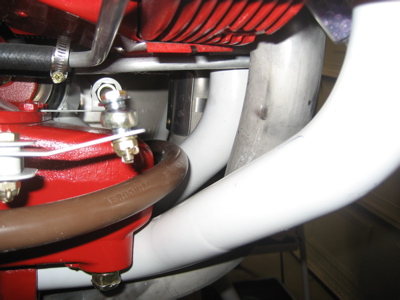
The included hose is too long by a couple inches (it's supposed to attach to the silver inlet port in the middle of the photo). I'll have to have a shorter one made up.
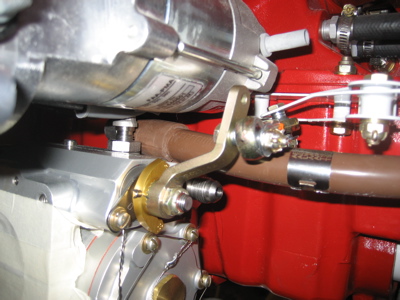
I bought some cheap plastic tubing from the hardware store and used it to measure for the other hoses I'll need to have made, without expensive guessing. Here's what the hose between the firewall and fuel pump inlet will look like:
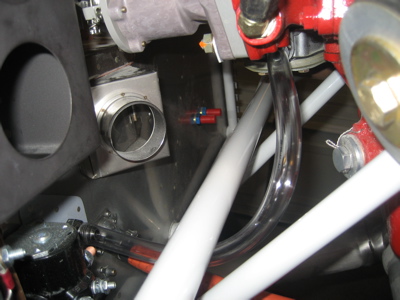
Only somewhat visible here is the mockup of how the oil pressure hose will go:
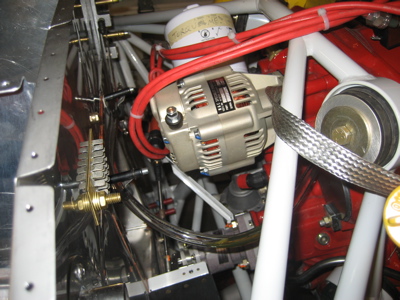
Here's the stand-in for the manifold pressure hose:

I ended up with templates and measurements for five different hoses (I forgot to take a picture of the faux fuel pressure hose).
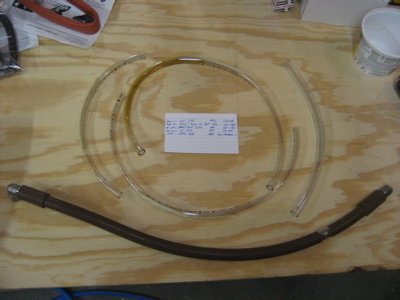
While I was messing around with the fuel servo, I replaced the nyloc nut on the mixture shaft with an all-metal locknut:
